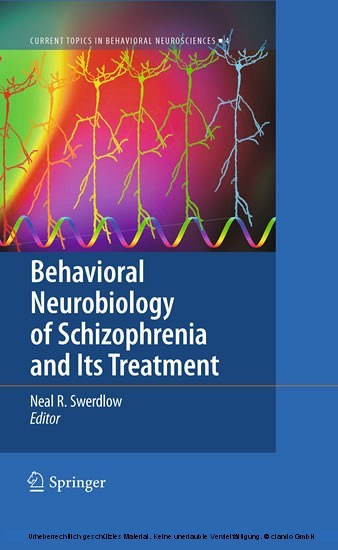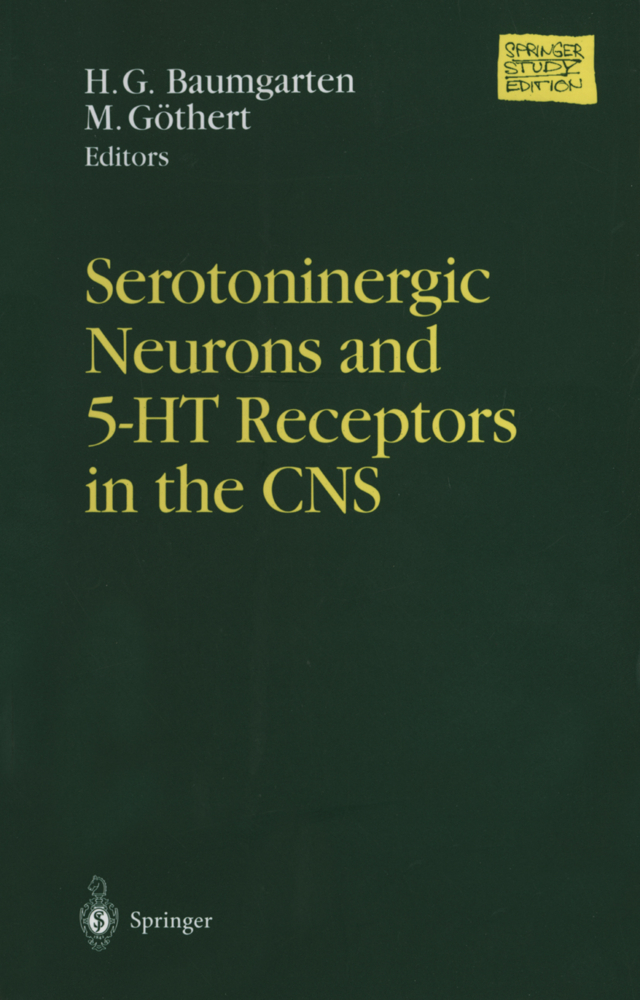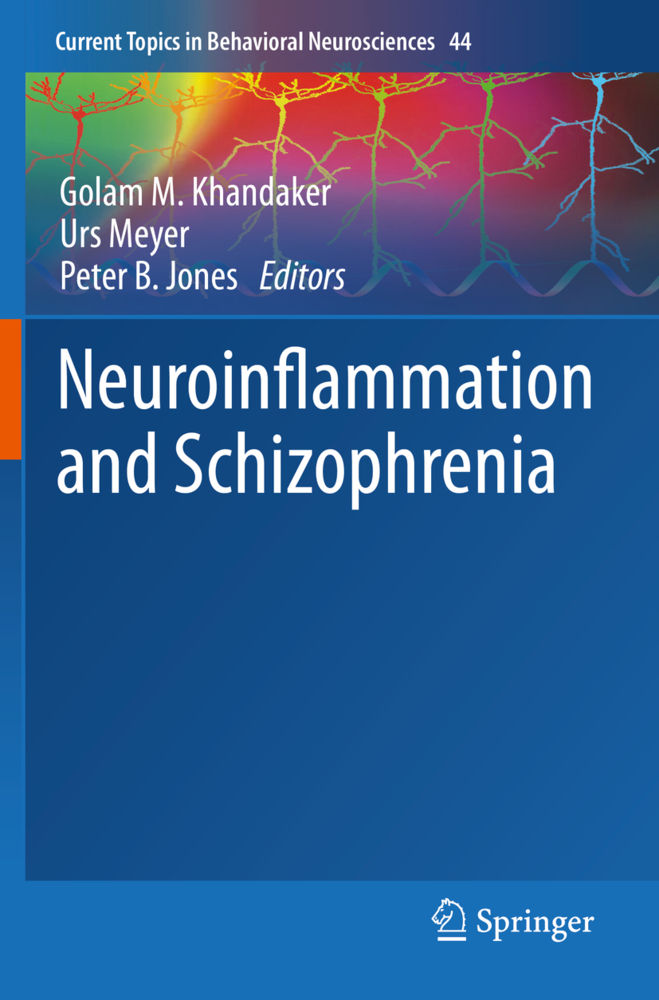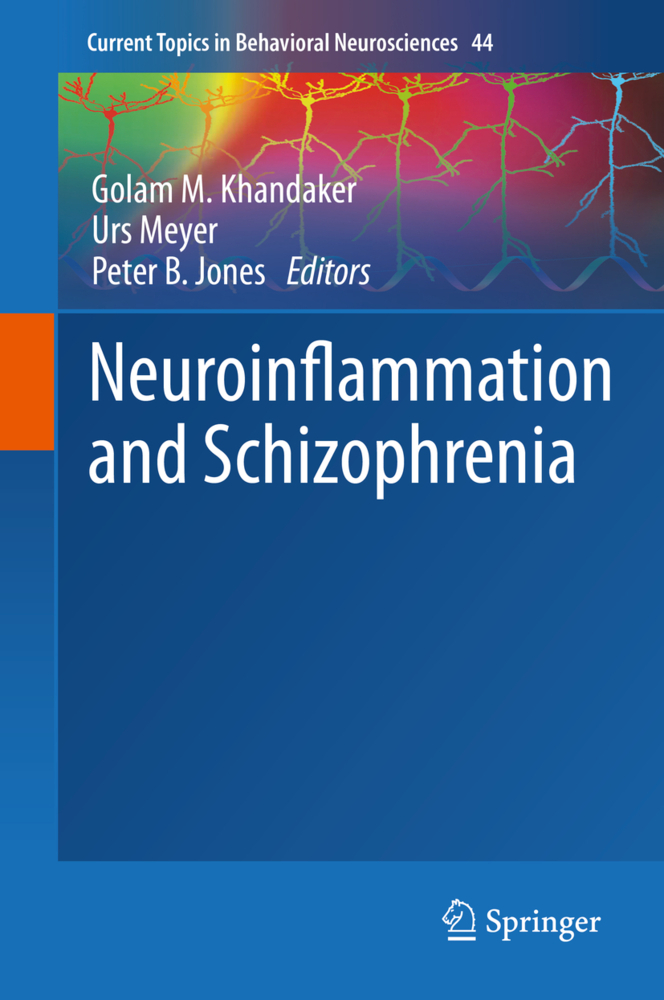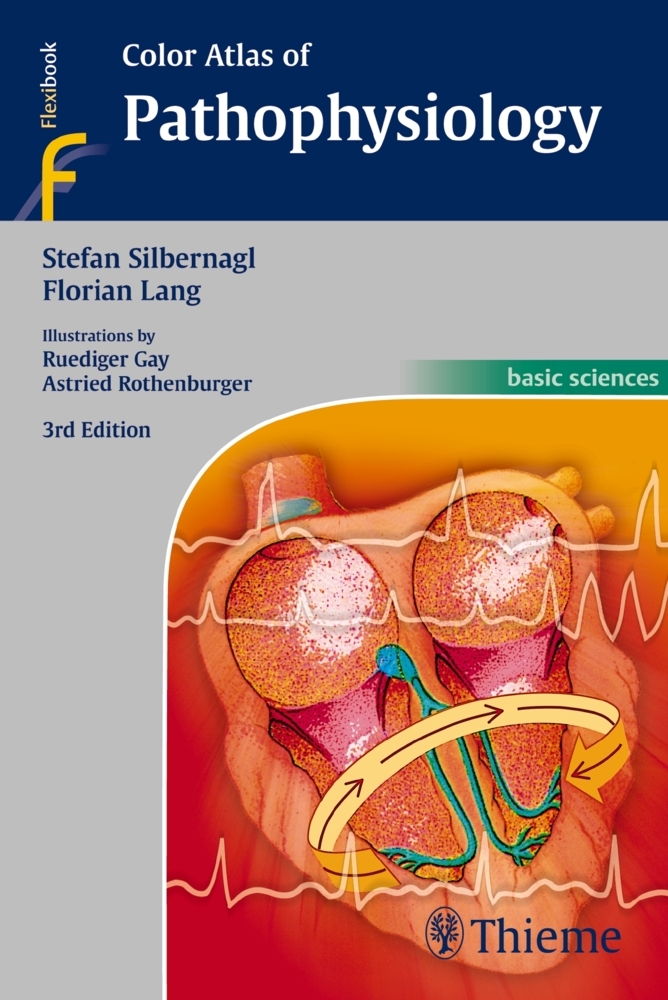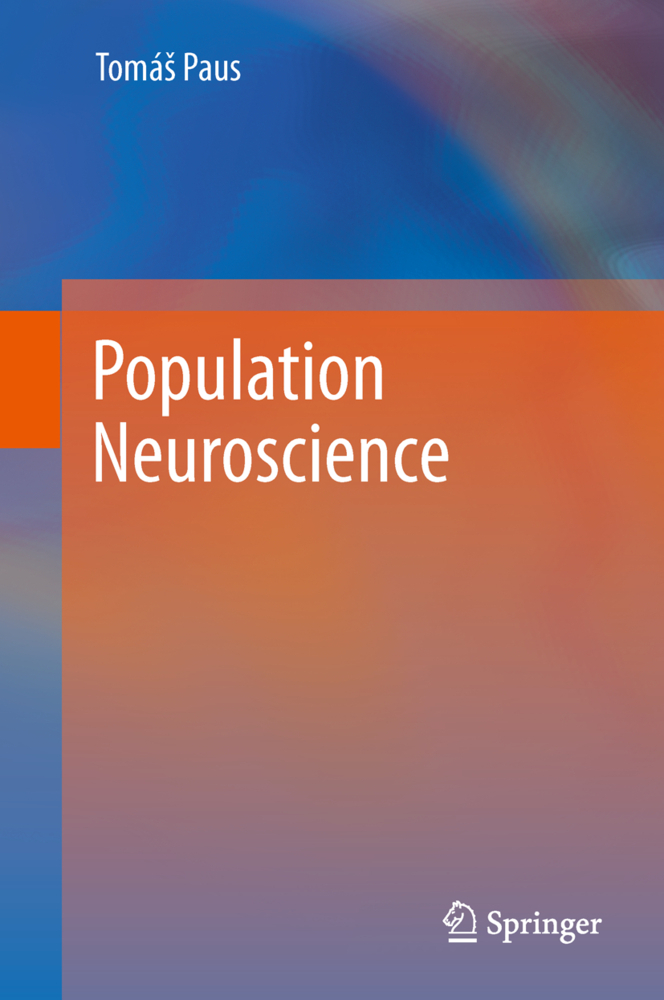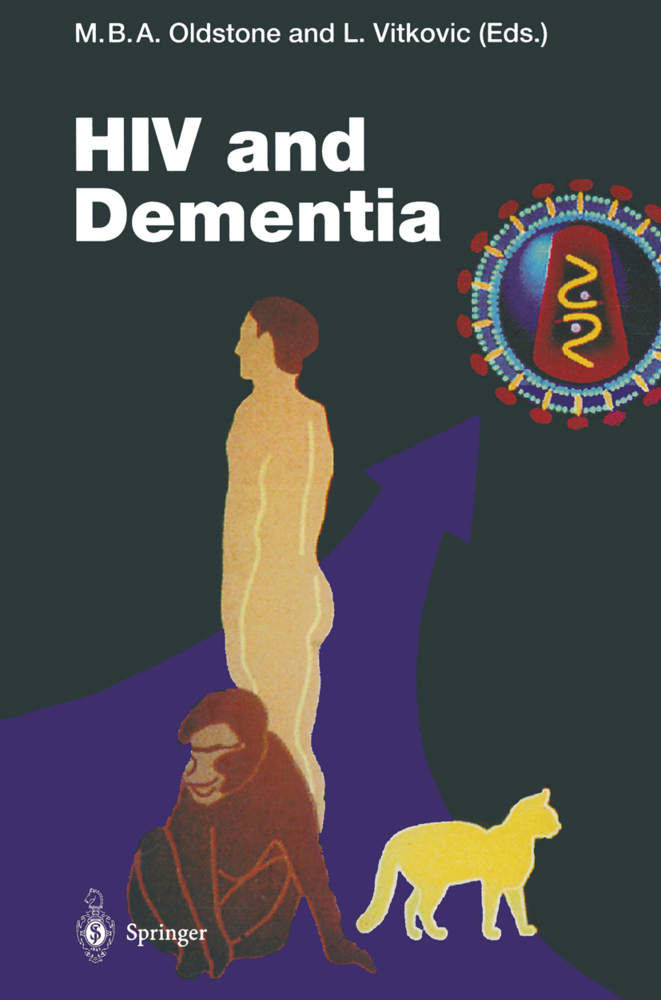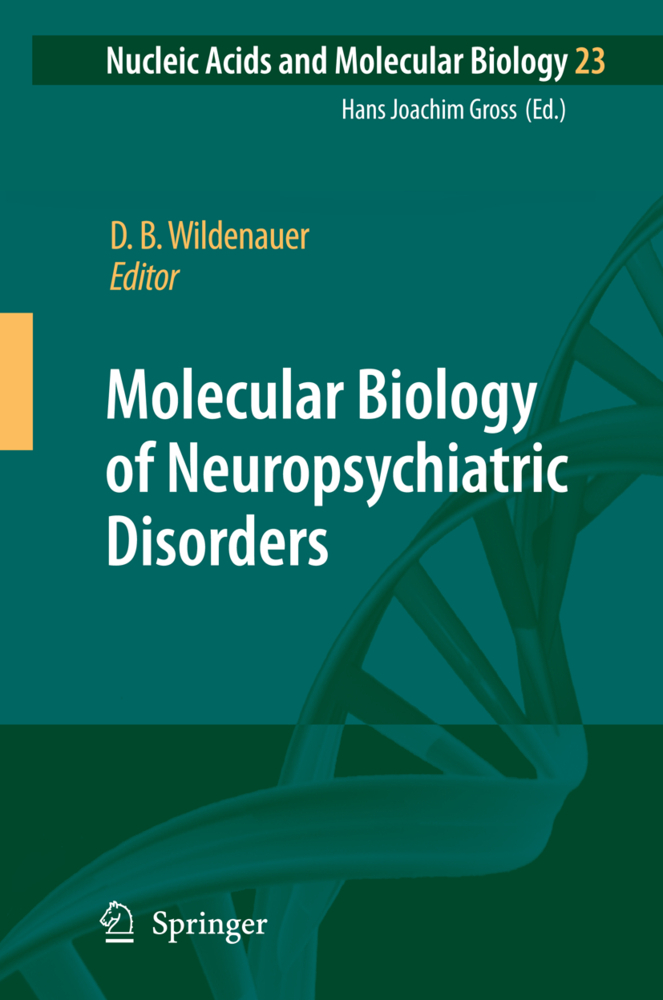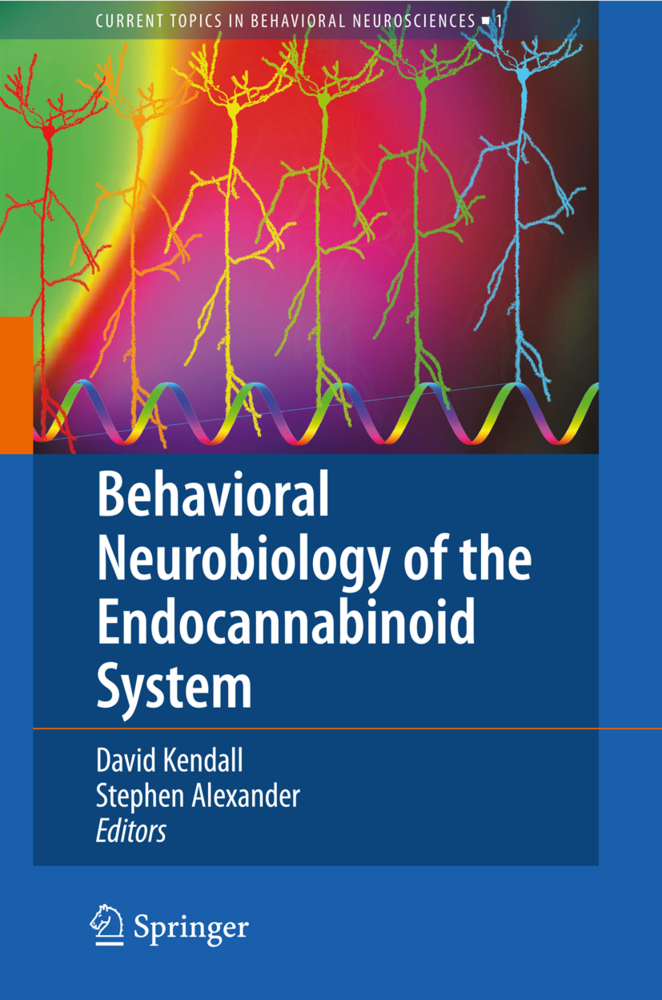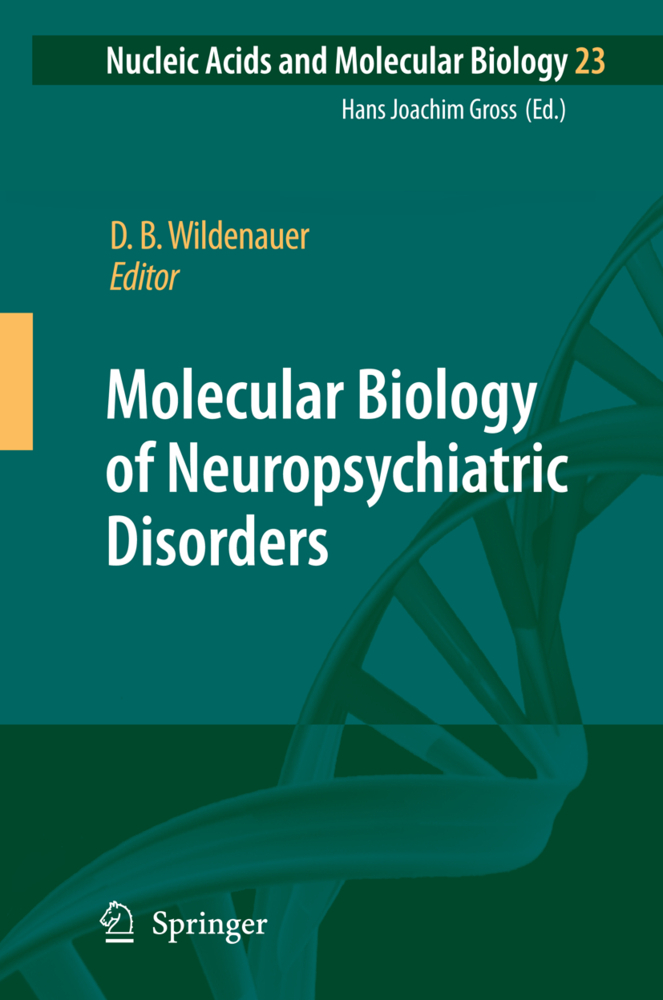Behavioral Neurobiology of Schizophrenia and Its Treatment
This book describes the state-of-the-art of treatment of schizophrenia and reflects its development in 22 chapters written by leading authorities in the field
1;Preface;6 2;Contents;10 3;Contributors;14 4;Part I: Function, Outcome and Treatmentin Schizophrenia;20 4.1;Assessing Function and Functional Outcome in Schizophrenia;21 4.1.1;1 Introduction;22 4.1.1.1;1.1 Functional Dimensions;22 4.1.1.2;1.2 Recent Reviews and Overviews of Measures of Functioning in Schizophrenia;24 4.1.2;2 Construct Validity;25 4.1.2.1;2.1 Functional Outcome as an Experiential Process;26 4.1.2.2;2.2 Environmental Moderators of the Functional Dimensions;28 4.1.3;3 Ecological Validity;29 4.1.3.1;3.1 Verisimilitude and Veridicality;30 4.1.3.2;3.2 Observation in Naturalistic Environments;32 4.1.4;4 Conclusion;34 4.1.5;References;34 4.2;Antipsychotics and Metabolics in the Post-CATIE Era;40 4.2.1;1 Introduction;41 4.2.2;2 Sources of Cardiovascular Risk;43 4.2.3;3 The Cardiovascular and Metabolic Risk Profile of Subjects Entering the CATIE Schizophrenia Trial;46 4.2.4;4 The Impact of Antipsychotic Treatment on Cardiovascular and Metabolic Outcomes in the CATIE Schizophrenia Trial;47 4.2.4.1;4.1 Metabolic Outcomes;47 4.2.4.2;4.2 Framingham Cardiovascular Risk;48 4.2.4.3;4.3 Outcomes with Novel Biomarkers;50 4.2.5;5 The Post-CATIE Era;50 4.2.5.1;5.1 Clinical Conclusions;50 4.2.5.2;5.2 Hypotheses on Schizophrenia and Metabolic Risk, and Adiposity-Independent Drug Effects;52 4.2.6;6 Conclusions;54 4.2.7;References;54 4.3;Pharmacological Strategies for Enhancing Cognition in Schizophrenia;60 4.3.1;1 Introduction;61 4.3.2;2 Cholinergic Agents;63 4.3.2.1;2.1 Cholinesterase Inhibitors;64 4.3.2.2;2.2 Nicotine, Nicotinic Receptor Agonists, and Muscarinic Receptor Agonists;68 4.3.3;3 Glutamatergic Agents;77 4.3.3.1;3.1 Glycine Allosteric Modulators;77 4.3.3.2;3.2 AMPA Receptor Modulators;78 4.3.3.3;3.3 Phosphodiesterase 5 Inhibitors;83 4.3.3.4;3.4 NMDA Receptor Antagonists;83 4.3.4;4 Gamma-Aminobutyric Acid Modulating Agents;84 4.3.5;5 Dopaminergic Agents;87 4.3.5.1;5.1 Indirect Dopamine Agonists;88 4.3.5.2;5.2 Atomoxetine and Amantadine;88 4.3.5.3;5.3 Selective Dopamine Agonists;93 4.3.6;6 Modafinil;94 4.3.7;7 Other Agents;97 4.3.8;8 Conclusions;100 4.3.9;References;102 4.4;Treatment Implications of the Schizophrenia Prodrome;114 4.4.1;1 Introduction;115 4.4.1.1;1.1 Early Identification of Psychotic Illness;117 4.4.1.2;1.2 Duration of Untreated Psychosis: Individual and Public Health Concern;117 4.4.1.3;1.3 Identifying and Predicting Risk for Psychotic Illnesses;118 4.4.1.4;1.4 Review of Treatment Studies in the Psychotic Prodrome;121 4.4.1.5;1.5 Nonpharmacologic Interventions;122 4.4.1.6;1.6 Psychopharmacologic Interventions;123 4.4.1.7;1.7 Pharmacologic Potential for Neuroprotection;124 4.4.1.8;1.8 Preliminary Treatment Recommendations;126 4.4.1.9;1.9 Ethical Implications;126 4.4.1.10;1.10 Development of Clinical Staging Criteria;128 4.4.1.11;1.11 Recommended Treatment Guidelines;129 4.4.1.12;1.12 General Summary;132 4.4.2;References;132 4.5;Antipsychotic Drug Development;139 4.5.1;1 Introduction;140 4.5.2;2 Dopamine D2 Receptors: Antagonism, Inverse Agonism, and Partial Agonism;141 4.5.3;3 Dopamine D3 Receptors: Cognition and ``Optimized Antagonism´´ at D3 Versus D2 Receptors;145 4.5.4;4 Serotonin 5-HT2A Receptors: Dopamine Brakes;146 4.5.5;5 Serotonin 5-HT1A Receptors: Dopamine Accelerators;146 4.5.6;6 Serotonin 5-HT2C Receptors;147 4.5.7;7 Serotonin 5-HT7 Receptors;148 4.5.8;8 Glutamatergic Receptors: NMDA and mGluR;148 4.5.9;9 Glycine Agonists;150 4.5.10;10 Receptors That Mediate Side Effects;150 4.5.11;11 Conclusion;151 4.5.12;References;151 4.6;Antipsychotic Dosing and Drug Delivery;156 4.6.1;1 Background;157 4.6.2;2 History;158 4.6.3;3 Dopamine Hypothesis;158 4.6.4;4 D2 Mechanism of Antipsychotic Medication;159 4.6.5;5 Clozapine;160 4.6.6;6 Genesis and Interpretation of ``Atypicality´´;160 4.6.7;7 Current State of Affairs;161 4.6.8;8 Dosing;161 4.6.8.1;8.1 Chlorpromazine Equivalents;161 4.6.8.2;8.2 Other Contributions (Non-D2) to Efficacy;164 4.6.8.2.1;8.2.1 Potential Benefits of Continuous Infusion;166 4.6.8.2.2;
Swerdlow, Neal
| ISBN | 9783642137174 |
|---|---|
| Artikelnummer | 9783642137174 |
| Medientyp | E-Book - PDF |
| Auflage | 2. Aufl. |
| Copyrightjahr | 2010 |
| Verlag | Springer-Verlag |
| Umfang | 666 Seiten |
| Sprache | Englisch |
| Kopierschutz | Digitales Wasserzeichen |

